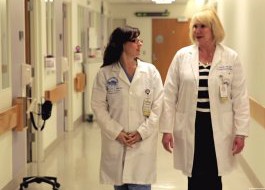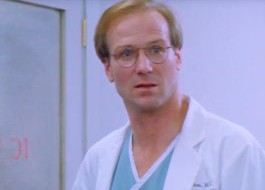As our technology continues to evolve every day, so do our foods evolve. In fact, the emergence of highly processed, genetically modified foods causes us more harm than good. Eating unhealthy foods partnered with a lack of exercise, and a sedentary lifestyle is detrimental to our health. That’s why it’s no surprise to us that at one point or another, we’re diagnosed with health issues. And guess what happens next?
Not only do we shoulder the burden of having a sickly and weak body, but we’re also bombarded with hefty medical expenses. In fact, we often feel more depressed by paying an enormous amount of medical expenses than by the illness itself. How can we lower down our expenses?
“Modern medical advances have helped millions of people live longer, healthier lives. We owe these improvements to decades of investment in medical research” –Ike Skelton
It’s about time we take advantage of medical technologies. You should embrace these four technologies to lower down medical expenses:
1. Healthcare Transparency Tools

Your medical insurance company is more likely to provide these tools for you. Healthcare transparency tools help you assess how much you’re going to pay from your pocket and how much your insurance provider is willing to shoulder for the health services you subscribe to. Studies have shown that these healthcare tools can help you save up to $74 per month in your health care costs in some U.S. states.
 Remote Monitoring Systems
Remote Monitoring Systems
Remote monitoring systems allow your attending medical personnel to monitor your health condition without actually meeting you. This is cost effective as your physician won’t have to travel all the way to your house on a daily basis. Remote monitoring systems record critical information pertaining to your physical state, mental state, vital signs, and even medication adherence. This information can be accessed quickly by caregivers, nutritionists, nurses, and other members of your medical team.
Not only this is cost-effective, but it can also save your life. The medical personnel can monitor your vital signs and prevent trigger symptoms from recurring. They can quickly adjust your medication, your diet, and even exercise regimen to counter any impending illness.
 Telehealth
Telehealth

We’ve discussed in the previous tip how technology can now monitor your medical status. In connection to this, you can attend your medical appointments through telehealth. This is a platform that enables two-way interactions between a patient and a doctor. It’s like you’re attending the appointment virtually. The video conferencing can be used for your consultative/diagnostic tests as well as treatment services.
What’s great about telehealth service is that it’s available 24/7. You won’t have to wait and adjust your time to fit into your physician’s schedule. Moreover, it only costs around $20 a month while the MD Live only costs around $50.
 Online Health Condition Management Programs
Online Health Condition Management Programs
These tools can help you to manage your medical condition from home. This reduces your health checkup and laboratory expenses. While it’s not actually recommended to substitute medical care with this, it can help you recover in some minor infections and diseases.
An example of this is a painful back condition called sciatica. People with sciatica need to attend successive therapy with a chiropractor. However, thanks to the online health management programs, you can now do it at home. It can offer you an online therapy with a virtual chiropractor. This helps you save a lot more money! These programs also provide treatment for various kinds of ailments like arthritis and headaches.
 Medical Billing Management Apps
Medical Billing Management Apps
These tools allow you to manage your medical finances from the convenience of your phone or PC. They inform you about all the medical costs you need to pay, as well as the payments your insurance provider will cover for you. The apps also help you to pay your medical expenses promptly before they pile up and to an amount that you cannot pay.
“Developments in medical technology have long been confined to procedural or pharmaceutical advances, while neglecting a most basic and essential component of medicine: patient information management.” – John Doolittle
There’s no doubt that medical bills are one of the most expensive things to pay. Therefore, it’s only natural that we start preparing for them as early as now while we’re still young and able.




